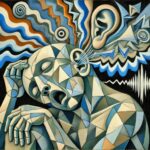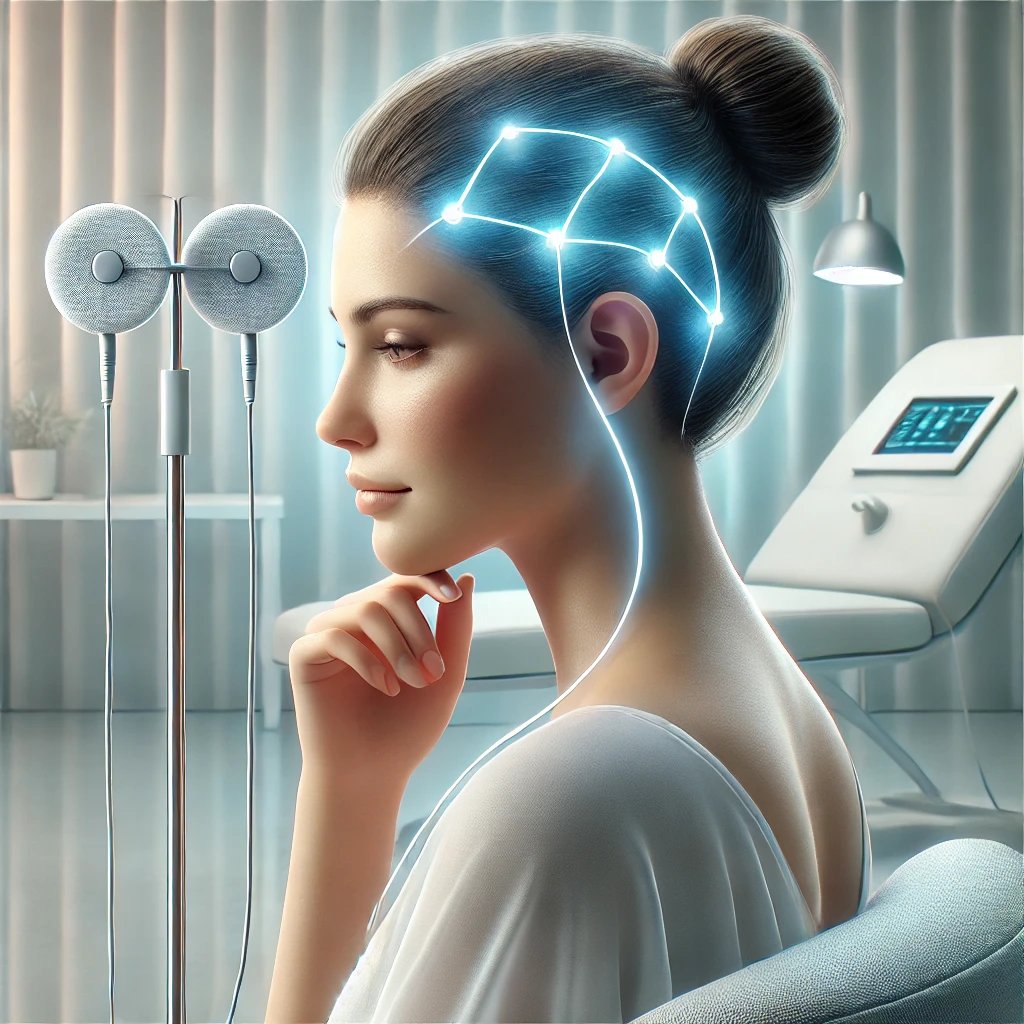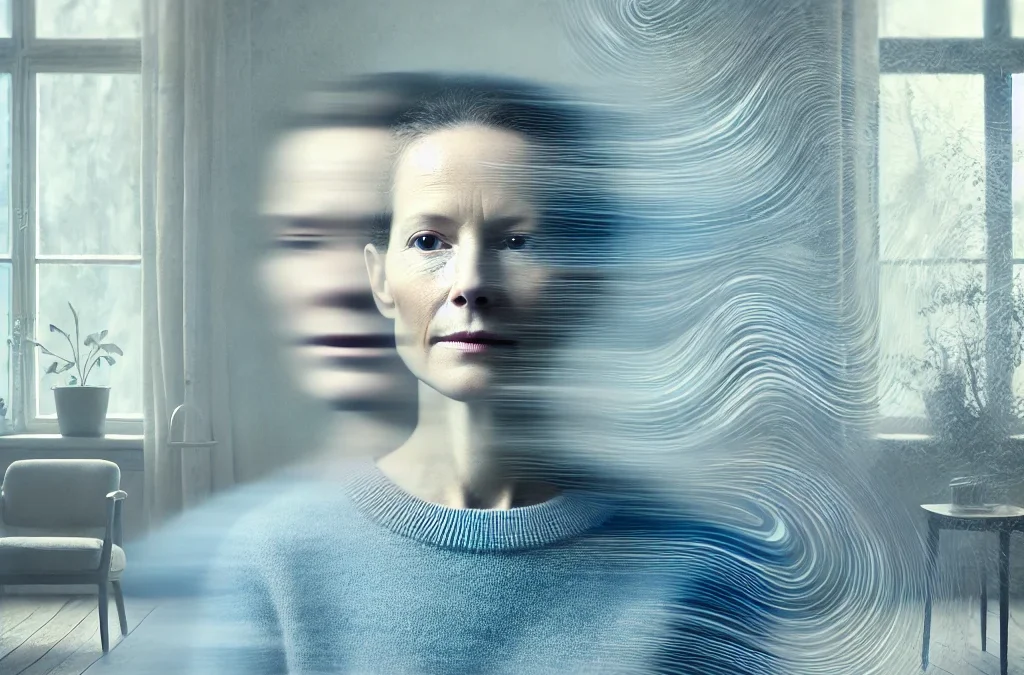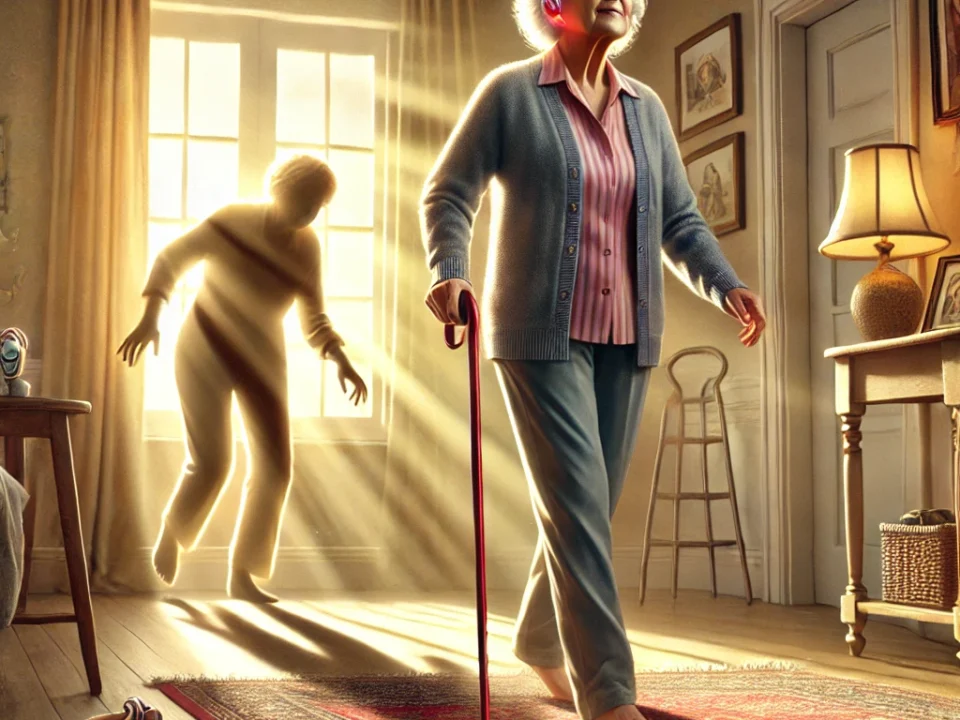
Musical Hallucinations: When the Brain Creates Sound Without an External Source
March 22, 2025
Mysterious Ménière’s Inner Ear Condition
April 11, 2025What is Mal de Débarquement Syndrome?
Mal de Débarquement Syndrome—often abbreviated to MdDS—is a rare and often misunderstood neurological condition that translates from French to “sickness of disembarkment.” It most commonly occurs after disembarking from a mode of transport, such as a cruise, plane, or long car trip. While most people might feel a slight swaying sensation after a boat ride, those with MdDS experience this rocking or bobbing feeling continuously, long after the journey has ended. For some, it lasts days; for others, it can persist for months or even years.
As an audiologist with a deep interest in vestibular health, I’ve met patients who describe the sensation as “like walking on a trampoline” or “as if I’m constantly on a boat.” These are not isolated or imagined experiences. MdDS is very real, and its impact on a person’s daily function, mental health, and quality of life can be profound.
What Causes Mal de Débarquement Syndrome?
We don’t yet fully understand the underlying mechanisms of MdDS, which makes diagnosis and treatment particularly challenging. However, the prevailing theory suggests a dysfunction in the brain’s ability to recalibrate itself to a stable environment after adapting to motion. Essentially, the brain becomes “stuck” in the motion-adapted state.
While MdDS is most often triggered by passive motion—cruises are a classic example—there are cases where the onset is spontaneous, with no clear precipitating event. Hormonal changes, particularly in women, have also been suspected as a contributing factor, with MdDS appearing disproportionately in women between the ages of 30 and 60 – right when a woman is going through the big peri-menopause and menopause time of life.
This highlights the complex interplay between our vestibular system (which controls balance), the brain, and possibly other systems such as hormonal and psychological networks. As Audiologists, it is our job to hold space for the mystery while gently guiding patients toward clarity.
What are the Symptoms of MdDS?
The hallmark symptom of MdDS is a persistent sensation of motion—rocking, swaying, or bobbing—even when a person is perfectly still. Other common symptoms include:
- Sensitivity to visual motion or busy patterns (like in shopping centres)
- Fatigue
- Difficulty concentrating or “brain fog”
- Anxiety or depressive symptoms due to the chronic nature of the condition
- Imbalance or increased unsteadiness in low-light conditions
Interestingly, most people with MdDS report a temporary reduction in symptoms when they are in motion again, such as driving or being a passenger in a car. This is one of the key features that distinguishes it from other vestibular disorders like Meniere’s disease or vestibular migraine.
How is MdDS Diagnosed?
There is no single test for MdDS, which means diagnosis is often made by exclusion—ruling out other causes of dizziness and imbalance. This process can be frustratingly long and fraught with misdiagnoses, such as anxiety, inner ear infections, or even dismissive attributions to stress.
A comprehensive vestibular assessment is essential, and as an audiologist, I work alongside other audiologists, neurologists, ENT specialists, and vestibular physiotherapists to piece together a holistic picture. Tests might include:
- Videonystagmography (VNG) to assess eye movement and balance responses
- Posturography to measure balance and sway
- Audiological assessments to rule out peripheral hearing or vestibular causes
- MRI or CT imaging to exclude structural issues
A careful history is key. I always take the time to listen deeply—because often, the story itself holds the clues.

What Are the Treatments or Cures for Mal de Débarquement Syndrome?
Unfortunately, there is no universally accepted “cure” for MdDS at this time. However, that does not mean there is no hope. There are several avenues of treatment that have shown promise, and a personalised, multi-disciplinary approach is key.
Vestibular Rehabilitation Therapy (VRT)
Some patients benefit from vestibular physiotherapy, which focuses on exercises to recalibrate the brain’s balance systems. While traditional VRT may not work for all MdDS patients, newer protocols that integrate optokinetic stimulation (a form of visual retraining) have shown some promise. We are very fortunate to have Kim Hawkins, an amazing vestibular physiotherapist near by.
Neuromodulation Approaches
In recent years, researchers have begun trialling treatments like transcranial magnetic stimulation (TMS) and transcranial direct current stimulation (tDCS), which aim to reset the brain’s abnormal activity patterns. While these are still in early stages, initial studies are encouraging, particularly for chronic MdDS.
Medications
Some individuals experience symptom relief from certain medications, including benzodiazepines or SSRIs, particularly if anxiety is exacerbating the symptoms. It’s important to note that these medications are not treating the root cause but may help manage the overall symptom burden.
Lifestyle and Self-Management
Many people with MdDS develop highly individualised strategies to cope. This can include:
- Reducing screen time and visual overload
- Wearing motion-stabilising glasses or using grounding techniques
- Incorporating mindfulness or cognitive behavioural strategies to manage distress
- Ensuring strong social and psychological support, as isolation and invalidation are common experiences
As an audiologist, I often work with patients not just on the clinical aspects, but on building sustainable routines, communicating with loved ones, and cultivating hope.
Is MdDS Permanent?
For some, MdDS resolves spontaneously within weeks or months. For others, it may become a chronic condition. However, even in long-term cases, many people report periods of remission or improved symptom management over time. The unpredictability of the condition can be one of its greatest challenges—and also one of its cruellest tricks.
But I always remind my patients: the body and brain are not static. Neuroplasticity—the brain’s capacity to adapt and rewire—is a powerful thing. With time, the right support, and evidence-based care, many people do find a path forward, even if that path isn’t always linear.


